20 shocking photos that show the many ways humans are destroying the Earth
Center-pivot irrigation, a way of watering crops with sprinklers, dot the square fields in West Kansas, USA. Today, the majority of them are propelled by electric motors.

Shipping containers, indispensable tool of the globalized consumer economy, reflect the skyline in Singapore, the busiest transshipment port in the world and the second busiest in total shipping tonnage.
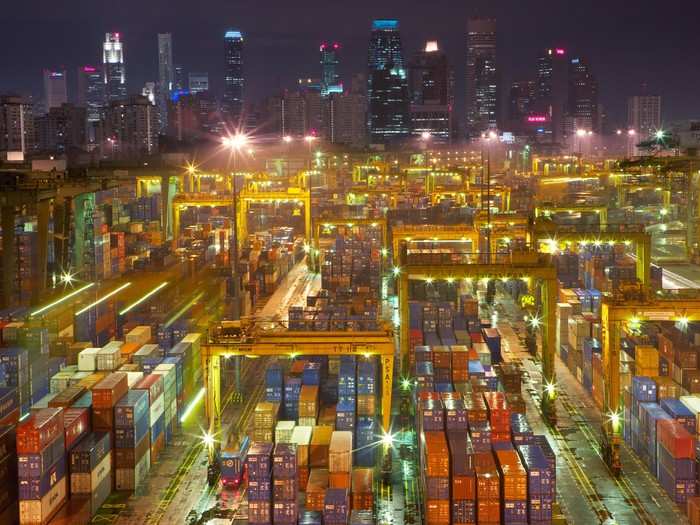
Massive haul trucks support surface mining operations in the tar sands region of Alberta, Canada, one of the largest known deposits of bitumen oil resources and one of the largest mining operations on Earth.
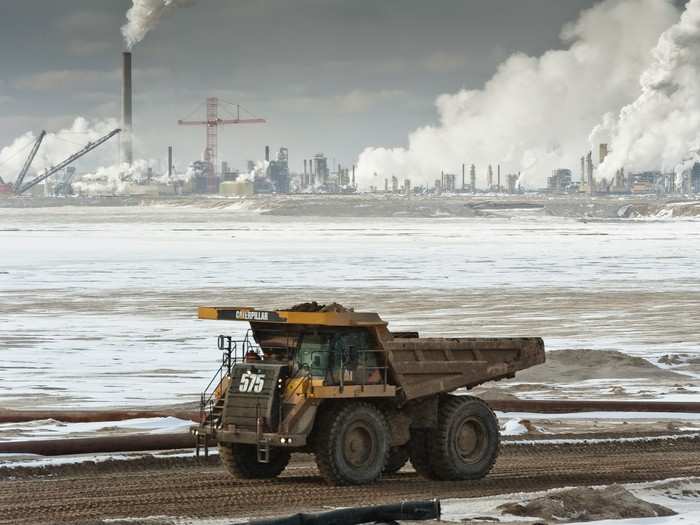
Tar-sands-related tailings ponds in the Athabasca Oil Sands area are among the largest collections of toxic materials on Earth and lie in unlined dikes feet from the Athabasca River. Indigenous communities downstream are fearful of being poisoned by toxic seepage into the food chain.
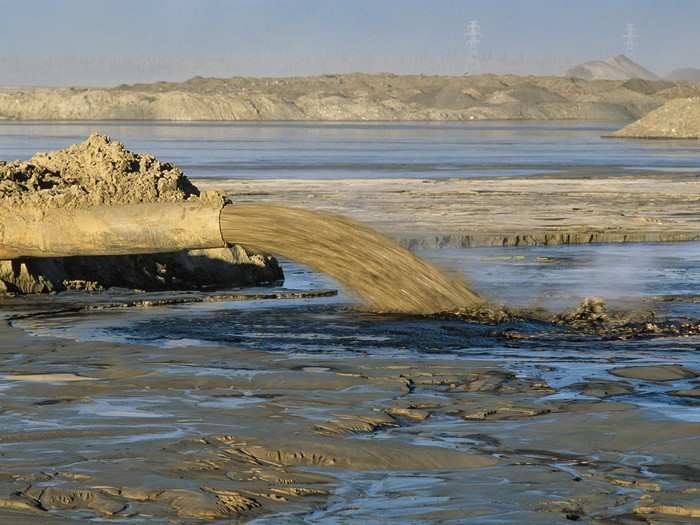
No room for nature, this entire landscape in China is devoted to crop production. There's a shortage of land suitable for farming in the country, so the space that they are able to use is made sure to be used to its full advantage.

The Mir Mine in Russia is the world’s largest diamond mine, digging down at 1,722 feet deep and has a diameter of 3,900 feet. It is the second largest excavated hole in the world, after Bingham Canyon Mine.
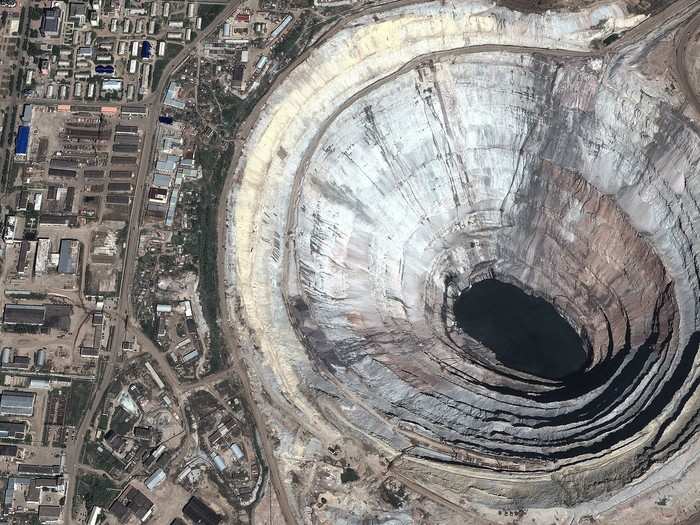
Canada has not been kind to its native forests, like this one on Vancouver Island. "The world’s virgin forests are being lost at an increasing rate and the largest portion of the degradation is in Canada," the organization Forest Watch Canada says.
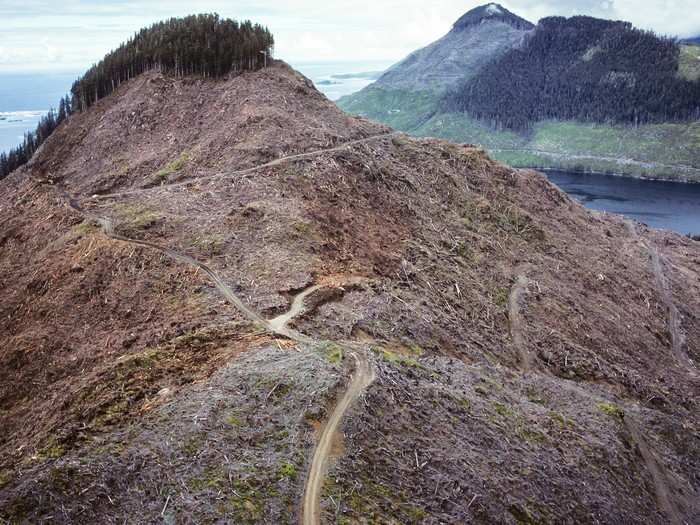
Depleting oil fields, like this one in Kern River Oil Field, California, are yet another sign of humans depleting the Earth's natural resources.
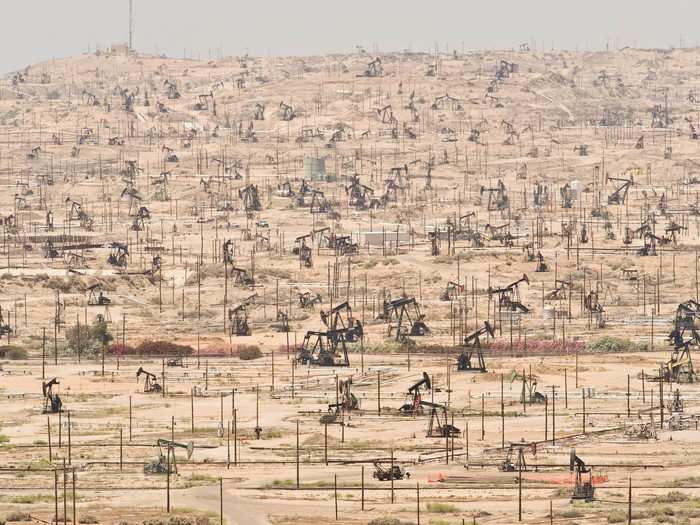
Cattle graze amongst burning Amazon jungle in Brazil. Since 1978, over 289,000 square miles of the Amazon rainforest have been destroyed across Brazil, Peru, Colombia, Bolivia, Venezuela, Suriname, Guyana, and French Guiana.
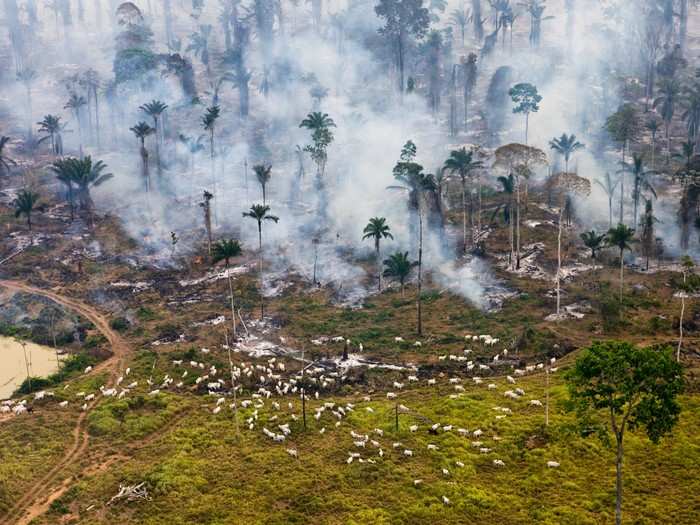
This central area of Barcelona, Spain, has a population 5 million and a density 16,000 people per square mile, making it one of the most densely populated places in the world.
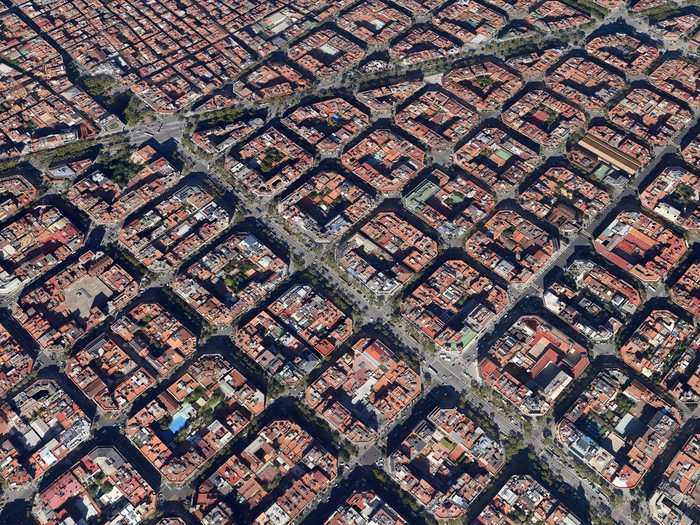
Once a thick and beautiful old-growth forest in the Willamette National Forest in Oregon is now leveled for reservoir development.

Brick kilns poke up above a dystopian landscape of trash in Bangladesh. Every day, 3,500 tons of garbage is produced in Dhaka, the capital city, and almost half goes uncollected.
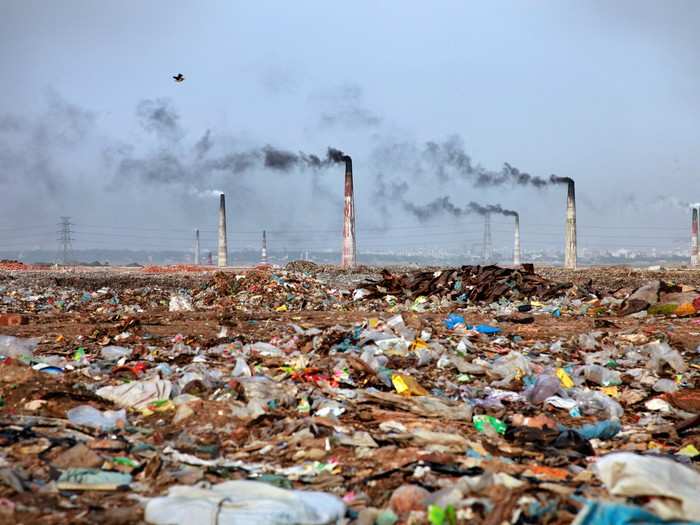
The end of the road for these tires is a desert dumping ground in Nevada. The land used to be a recreation area until around 2006, when it became a place to unload all sorts of items that people no longer needed.
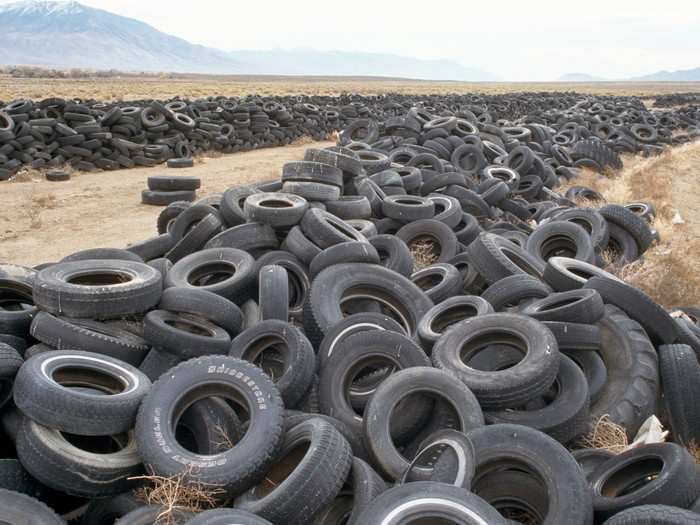
Aerial views of New Delhi, India, which has a population density of 30,000 people per square mile, show the sheer number of humans living on top of each other.
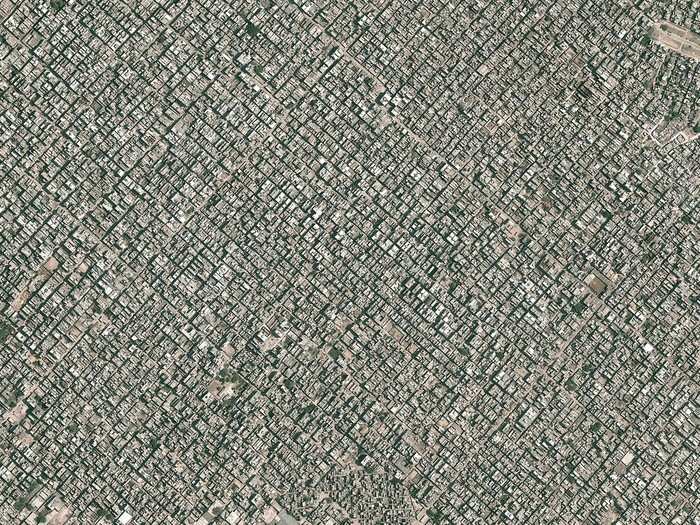
In both the Arctic and Antarctic regions, ice is retreating, like here in North East Land, Svalbard, Norway. This has opened up the Northern Sea Route along Russia's Arctic coastline, changing international trade patterns in drastic ways, at a very high cost.
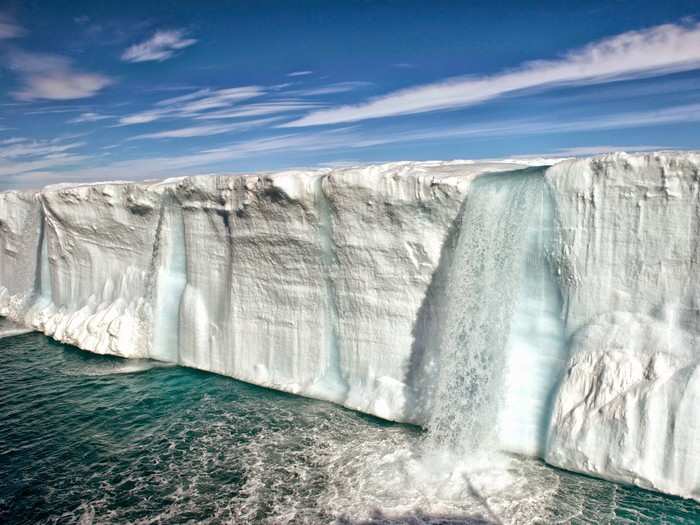
A 2011 tsunami created a nuclear meltdown at the Fukushima Daiichi Nuclear Station in Japan, garnering the world’s attention. Lesser known was tsunami-related damage to Japan’s fossil fuel energy infrastructure, including this facility near Tokyo.
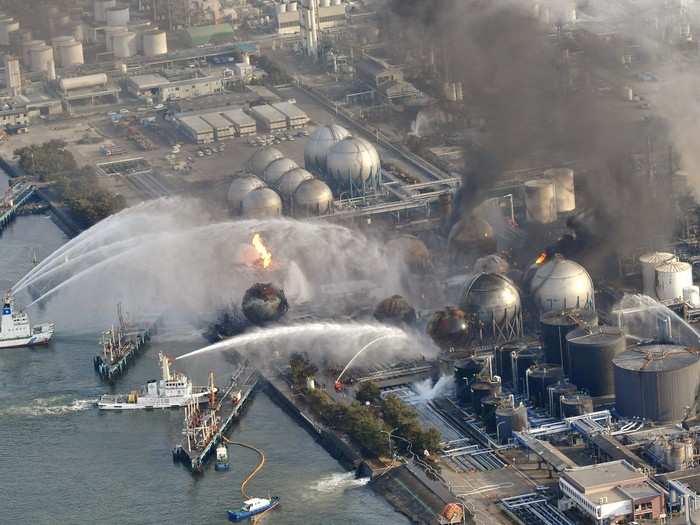
A 400-foot-long pelagic trawler pulls in a haul off the coast of Mauritania. The ever-growing demand for fish protein in the world diet, has created record catches in recent years.
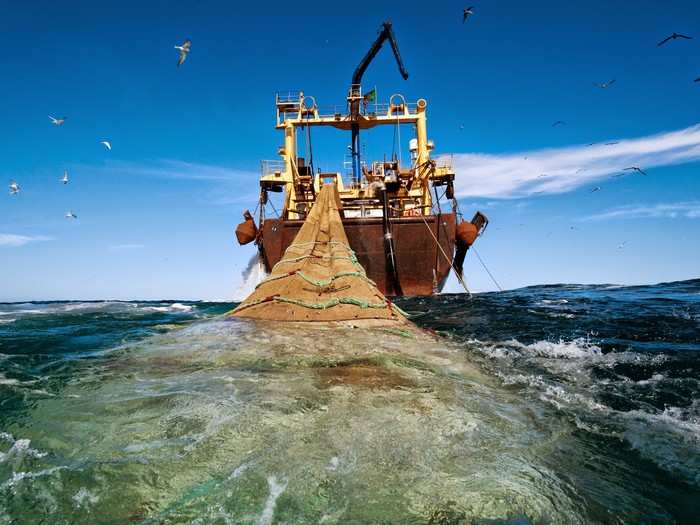
Indonesian surfer Dede Surinaya catches a wave in a remote but garbage-covered bay on Java, Indonesia, the world’s most populated island. Many places in the world have little or no trash collection infrastructure, so locals rid their waste either in the street or the water, where it eventually drifts out to sea.

This view from above of the landscape outside Miami, Florida, shows 13 golf courses amongst tract homes on the edge of the Everglades. The area has suffered from depleting water resources, as well as a surge in people moving to the area and developing the land.

Globalized transportation networks, especially commercial aviation, are a major contributor of air pollution and greenhouse gas emissions, like the chem-trails seen here in the west London sky over the River Thames.
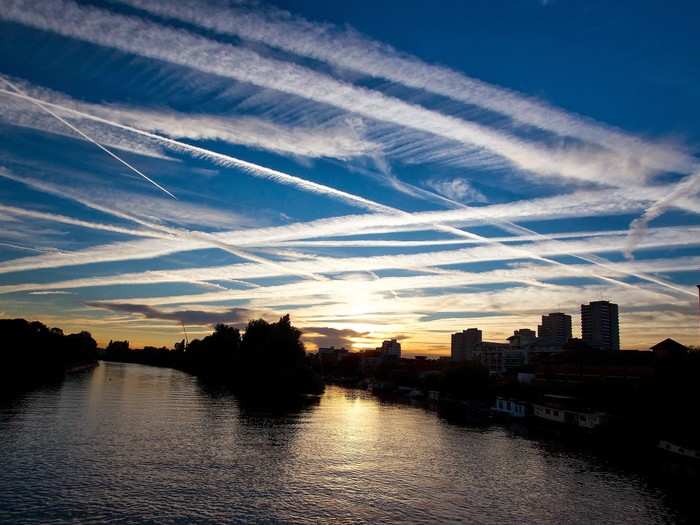
The signs of human destruction are everywhere...

Popular Right Now
Popular Keywords
Advertisement